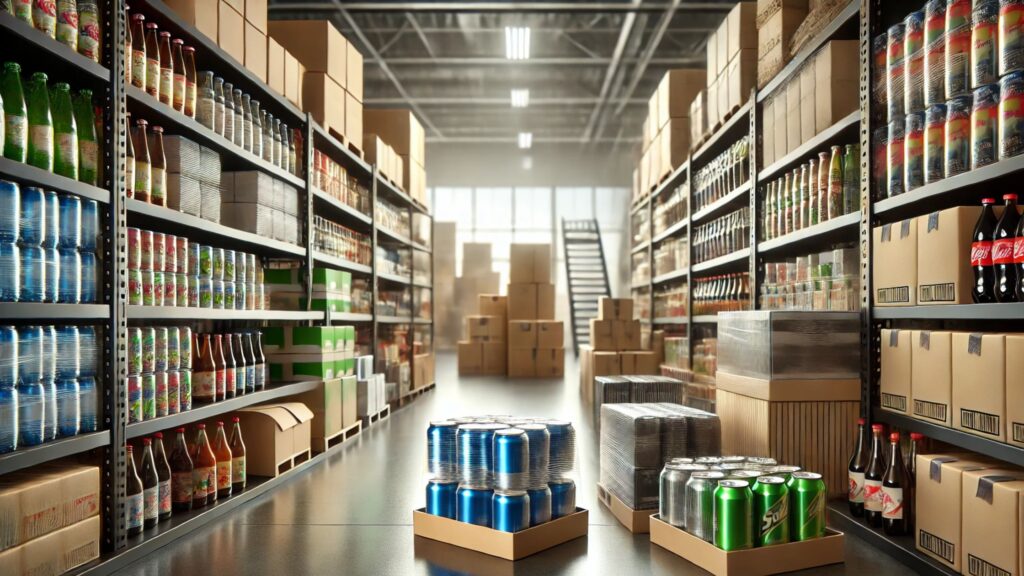What Is Secondary Packaging: Packaging is more than just a protective covering—it plays a crucial role in branding, logistics, and customer experience. While primary packaging is what directly holds a product, secondary packaging is just as important in ensuring safe transportation and effective marketing. But what is secondary packaging, and why does it matter? This guide will break it down for you.
What is Secondary Packaging?
Secondary packaging is the layer of packaging that groups individual products together. It is not the packaging that directly contacts the product (which is called primary packaging) but rather the outer layer used for bundling multiple units.
Examples of secondary packaging include:
- Cartons and boxes that hold multiple units of a product
- Shrink wrap around beverage cans or bottles
- Trays used to bundle together individual items
- Retail-ready packaging that displays multiple products on store shelves
The Purpose of Secondary Packaging
Secondary packaging serves multiple crucial functions, including:
- Protection and Security: It helps protect products during transportation and storage, reducing the risk of damage.
- Branding and Marketing: Many companies use secondary packaging to display branding elements, promotional materials, and important product information.
- Convenience in Handling: Secondary packaging makes it easier to transport and distribute multiple units of a product efficiently.
- Retail Display: Some secondary packaging is designed for direct placement on store shelves, making it more appealing to customers.
- Sustainability: Many businesses are now opting for eco-friendly secondary packaging materials to reduce environmental impact.
Secondary Packaging vs. Primary and Tertiary Packaging
Understanding the differences between the three main types of packaging is essential:
- Primary Packaging: The first layer of packaging that comes in direct contact with the product (e.g., a soda can, a cereal box liner, or a tube of toothpaste).
- Secondary Packaging: The outer packaging that holds multiple primary packages together (e.g., a carton containing 12 soda cans or a box holding multiple toothpaste tubes).
- Tertiary Packaging: Bulk packaging used mainly for shipping and logistics (e.g., pallets, large shipping boxes, and crates).
Conclusion: What Is Secondary Packaging
Secondary packaging plays a vital role in product distribution, protection, and branding. It ensures that products reach consumers safely while also serving as an effective marketing tool. Whether you’re a manufacturer, retailer, or consumer, understanding secondary packaging can help you make better choices regarding efficiency, sustainability, and cost-effectiveness.
By optimizing secondary packaging, businesses can improve supply chain efficiency, enhance product presentation, and contribute to a more sustainable future.
Related Articles
- The Art and Science of Packaging | Trends, History & Future
- The Ultimate Guide to Popcorn Packaging: Innovation, Trends, and Sustainability
- The Art and Science of Honey Packaging: A Guide to Preserving Nature’s Sweetness
- The Future of Takeaway Packaging: Sustainable and Innovative Solutions
- What Is Primary Packaging? A Complete Guide
- The Future of Manufacturing: Primary Packaging Automation
- Chocolate Primary Packaging: Ensuring Freshness, Safety, and Appeal
- Pharmaceutical Primary Packaging: Ensuring Safety and Efficacy
- Primary Packaging Examples: Understanding Their Importance
- Primary Packaging vs Secondary Packaging: Understanding the Differences

